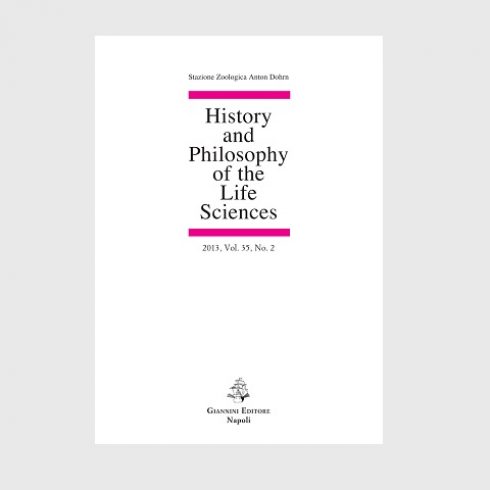From lighthouse to hothouse: hospital hygiene, antibiotics and the evolution of infectious disease, 1950-1990
Hospital hygiene, antibiotics and the evolution of infectious disease, 1950-1990
Christoph Gradmann
2017

Abstract
Upon entering clinical medicine in the 1940s, antibiotic therapy seemed to complete a transformation of hospitals that originated in the late nineteenth century. Former death sinks had become harbingers of therapeutic progress. Yet this triumph was short-lived. The arrival of pathologies caused by resistant bacteria, and of nosocomial infections whose spread was helped by antibiotic therapies, seemed to be intimately related to modern anti-infective therapy. The place where such problems culminated were hospitals, which increasingly appeared as dangerous environments where attempts to combat infectious diseases had instead created hothouses of disease evolution. This paper will focus on one aspect of that history. It caused clinical medicine and hospital hygiene in particular to pay attention to a dimension of infectious disease it had previously paid little attention to thus far: The evolution of infectious disease-previously a matter of mostly theoretical interest-came to be useful in explaining many phenomena observed. This did not turn hospital hygienists into geneticists, though it did give them an awareness that the evolution of infectious disease in a broad sense was something that did matter to them. The paper advances its argument by looking at three phases: The growing awareness of the hospital as a dangerous environment in the 1950s, comprehensive attempts at improving antibiotic therapy and hospital hygiene that followed from the 1960s and lastly the framing of such challenges as risk factors from the 1970s. In conclusion, I will argue that hospital hygiene, being inspired in particular by epidemiology and risk factor analysis, discussed its own specific version of disease emergence and therefore contributed to the 1980s debates around such topics. Being loosely connected to more specialized studies, it consisted of a re-interpretation of infectious disease centred around the temporality of such phenomena as they were encountered in day-to-day dealings of clinical wards.
 Share
Share






Commentary
The latest commentary on the use of antimicrobials in society.
Anti-biosis? – Social and Cultural Inquiries into Human-Microbe...
Two of us from the AMIS Programme Team (Clare Chandler and Komatra Chuengsatiansup) are acting as associate editors for Palgrave...
Sustainable aquaculture in Bangladesh
Rather than asking how antibiotics enable livelihoods in situations of increasing precarity, our research asks whether it is possible to...
Submissions to the AMIS Hub
Are you a social scientist who is working in antimicrobial resistance (AMR)?